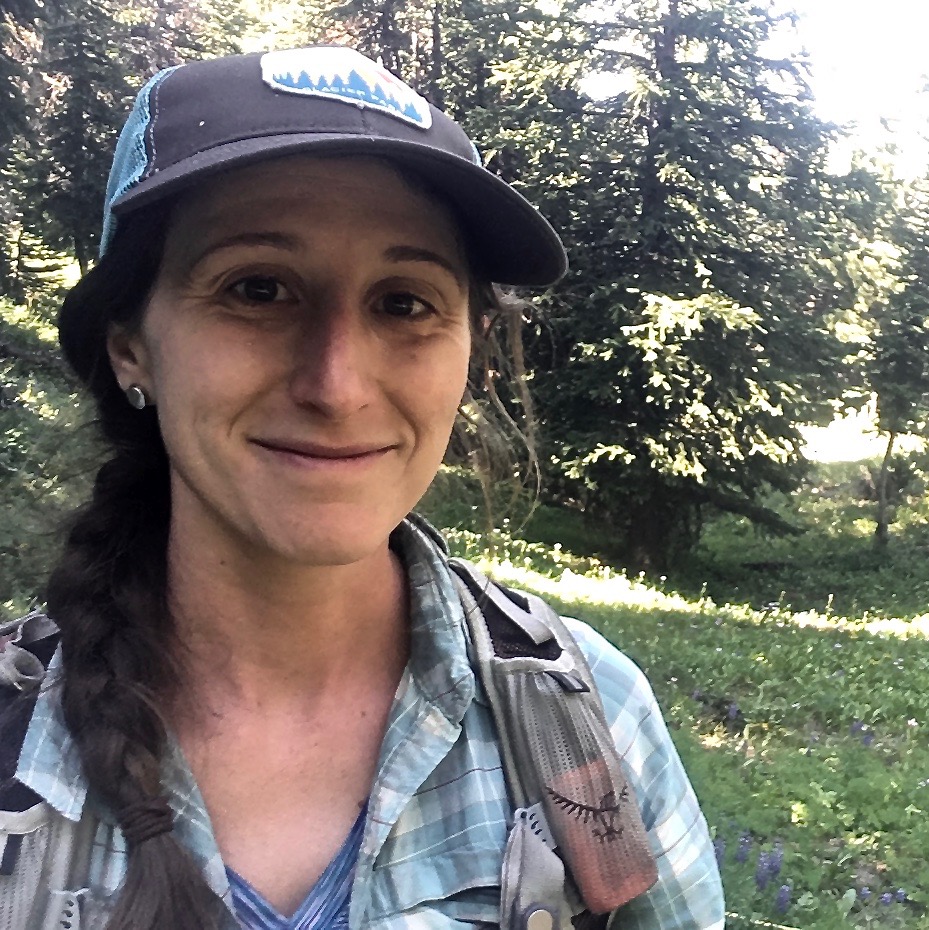Jordan Meyer-Morey
Research Overview:

Assessing the effects of Indaziflam on the invasive species Alyssum desertorum and native annual forbs in Yellowstone National Park.
Alyssum desertorum is an invasive winter annual forb that has recently been found in the Hayden Valley of Yellowstone National Park (YNP). It grows in arid rocky areas and typically requires soil disturbance in order to establish, whether by tourists walking off trails or animals travelling through their natural range. Once established, A. desertorum has the capacity to accelerate soil erosion and extract surface moisture which can prevent seedling establishment of native disturbance-oriented plant species. While widespread in many other areas of the northern range of YNP, the recent invasion of A. desertorum in the Hayden Valley has the potential to drastically alter the pristine sage-steppe plant community, as is the case in the Gardiner Basin which has been transformed by invasive species to a novel ecosystem with very little remaining native vegetation. The herbicide Esplanade (Indaziflam) has been used to control A. desertorum and other invasive annual plants in the Gardiner Basin. Esplanade remains in the top centimeter of soil for up to four years as a pre-emergence cellulose-biosynthesis inhibitor, preventing seedlings from emerging. Effects of this new herbicide on native vegetation are currently being studied.
My goal is to examine the effects of Esplanade on A. desertorum and native vegetation, particularly annual forbs, in intact sagebrush ecosystems. I will do this by measuring differences in sprayed and unsprayed plots established at six different field sites in YNP, and by conducting greenhouse experiments measuring germination rates of A. desertorum and dominant native annual forbs. Understanding the effects of Esplanade on A. desertorum and neighboring native vegetation can help managers decide how to most effectively use this new herbicide.
